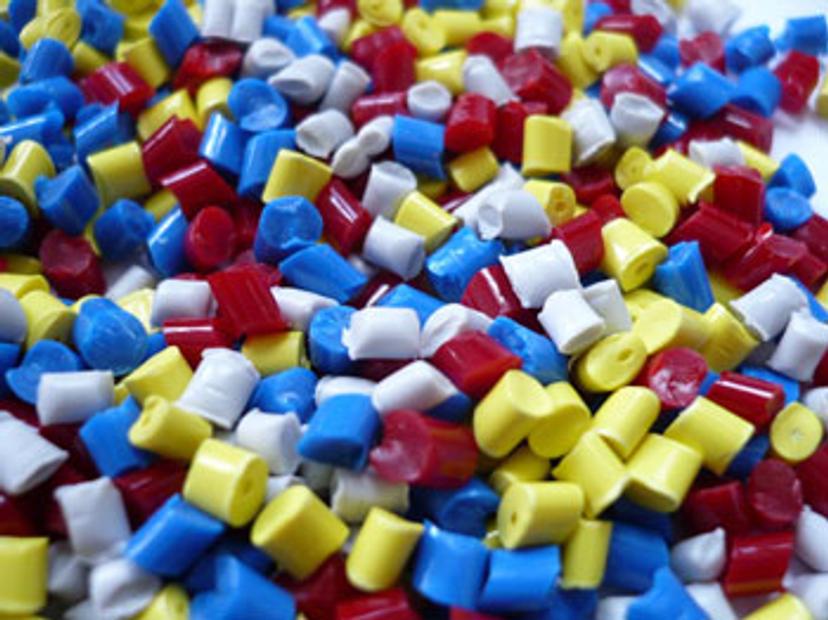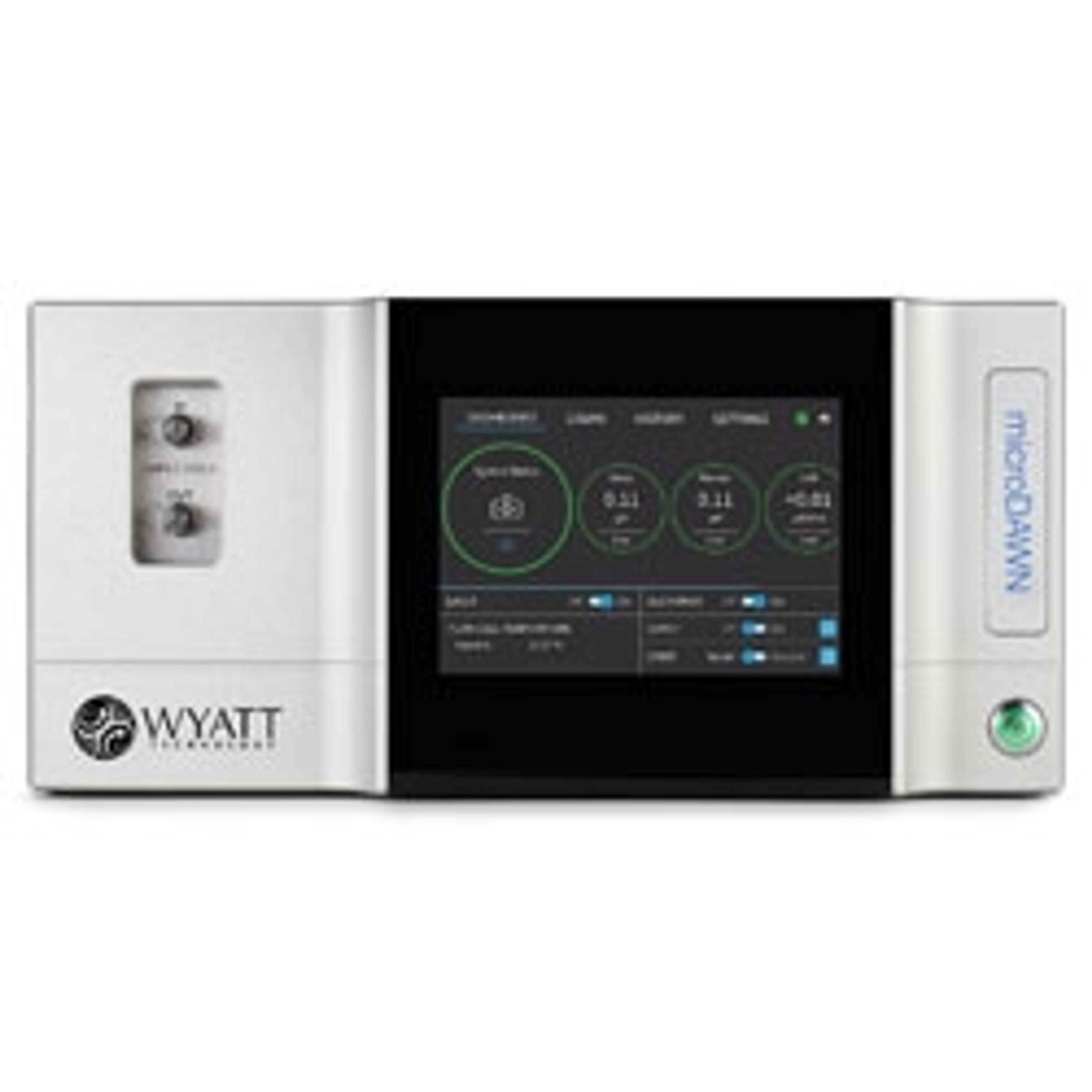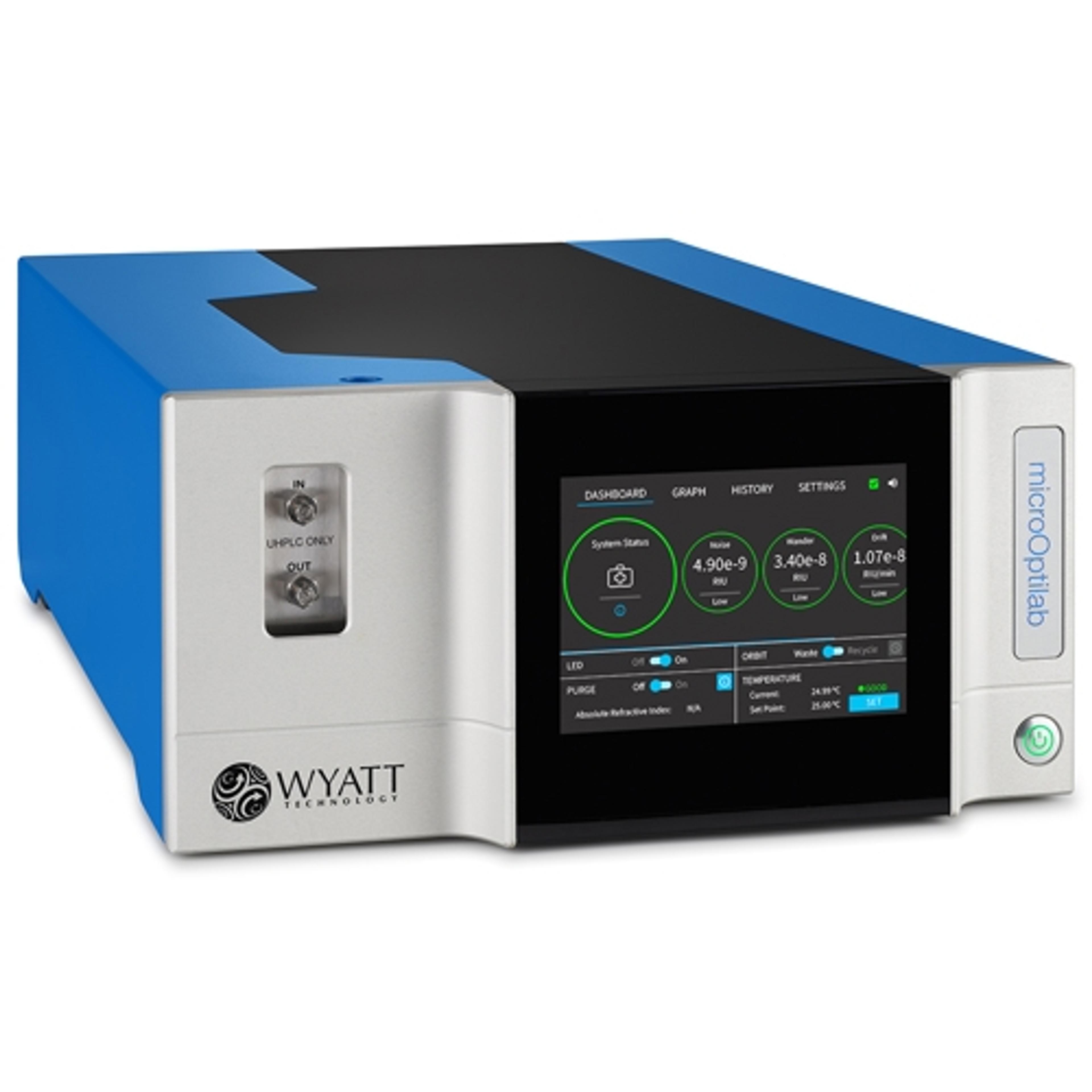Six Application Notes to Improve Your Polymer Analysis
6 Sept 2018

Polymers can be analyzed by using a variety of techniques. These include: gel permeation chromatography (GPC) and capillary rheometry for polymer degradation; differential scanning calorimetry (DSC) for polymer crystallinity; size exclusion chromatography (SEC) and dynamic light scattering (DLS) for polymer molar mass and size determination; and Raman and IR imaging for multilayer polymer composites. Here we’ve compiled six free application notes to aid your methodology and help improve your polymer analysis.
Characterizing Polymer Degradation during Processing using Multi-Detector GPC and Capillary Rheometry
This application note describes the molecular and rheological changes that occurred as samples of PS and PMMA were repeatedly extruded through a capillary rheometer, simulating molding. The capillary rheometer was used to measure changes in melt viscosity, while multi-detector GPC was used to characterize changes in molecular weight and structure in the samples after each cycle through the rheometer.
Polymer Characterization Application Handbook
This free handbook includes a compendium of application notes on the use of chromatography and mass spectrometry (MS) for the analysis and characterization of polymers. Including details on convergence chromatography, UHPLC, supercritical fluid extraction, ion mobility MS, time-of-flight MS and alternative ionization techniques for polymeric materials.
Crystallinity and Density of Polyethylene
The crystallinity of polyethylene (PE) determines the stiffness, the impact and tensile strength, the permeability and the resistance of the material. Therefore, its measurement is of paramount importance regarding the specifications of a PE grade. Bruker’s PE crystallinity application provides this information fast, with high precision and repeatability. Other commonly employed methods, such as differential scanning calorimetry (DSC) or density determination by displacement, are significantly slower and require tedious sample preparation. The analysis can be carried out at line by untrained personnel requiring no dedicated lab environment.
µSEC-MALS: Absolute Characterization of Polymers with Light Scattering and UHP-SEC
UHP-SEC provides many benefits for the characterization of synthetic polymers and other macromolecules ranging in size from hundreds to millions of g/mol. However, these can only be fully realized with the addition of a µDAWN online light scattering detector for absolute determination of molar mass and size, in order to overcome the inherent limitations of size exclusion chromatography.
Complementary Use of Raman and FT-IR Imaging for the Analysis of Multi-Layer Polymer Composites
In this application note, FT-IR and dispersive Raman microscopes were used to analyze multilayered polymer composite materials, and the benefits of FT-IR and Raman microscopy mapping and imaging for the analysis of layered polymer composites were compared and contrasted. A variety of different industries utilize multilayered polymer composites specifically engineered for particular performance characteristics. Confirming the composition and integrity of these materials is important for the industries that manufacture these products, as well as for industries that utilize these materials in their own products. The diversity of the materials used and the microscopic construction of these materials require analytical techniques with unique capabilities.
Reliable Sample Preparation of the Characterization of Polymers
The analysis of polymers is executed with the aid of gel permeability chromatography. Suitable sample preparation is important in order to dissolve the polymers, however, the degradation of the material’s characteristics has to be avoided. An ideal solution for the sample preparation is the Variable-Speed-Rotor Mill PULVERISETTE 14. Using this mill, final material fineness of <80µm can be achieved. An embrittlement of the polymers with liquid nitrogen or grinding while adding dry ice avoid the degradation.


